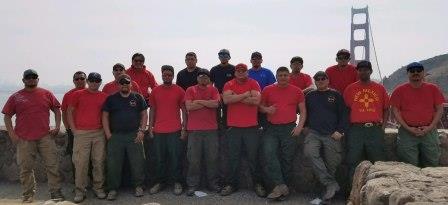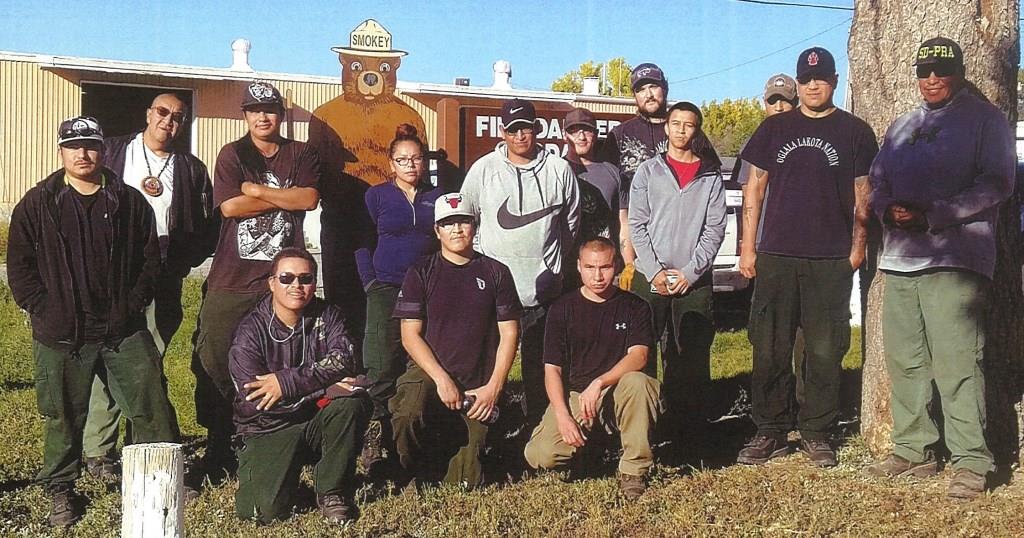You are viewing ARCHIVED content published online before January 20, 2025. Please note that this content is NOT UPDATED, and links may not work. Additionally, any previously issued diversity, equity, inclusion or gender-related guidance on this webpage should be considered rescinded.
Author: Robyn Broyles
On October 10, 13 large fires ignited across California. These fires, driven by wickedly high winds (some places, over 70 mph) ripped through whole communities at a rate rarely seen across the state. Within the first couple days of starting, the fires overwhelmed state and county responders, burning over 6,000 homes and structures and forcing evacuations of whole towns. Sadly, they also claimed the lives of several dozen people with over 200 still unaccounted for.
In response, firefighters from across the nation came to California. At its peak, over 11,000 firefighters and support personnel were there. Of these, over 100 firefighters from Indian Country were sent to provide support to the Central and Southern LNU Complexes, Buck, Wilson, Mill Creek #3, Mendocino Lake Complex, and Bair 2 Wildfires. These resources include the Golden Eagles and Chief Mountain Interagency Hotshot Crews and four call-when-needed hand crews from Pima, San Carlos, Pine Ridge, and Mescalero Agencies. There are also structures and wildland engines from various California Tribes and Tribal fire departments as well as wildland engines from Southern Pueblos and Mescalero Agencies providing support. The Confederated Tribes of Warm Springs also sent an engine.

Mescalero Type 2 Initial Attack Crew pose with Golden Gate Bridge in Background. Crew supported the Mendocino Lake Complex Fire in California, Oct. 2017.
In addition to hand crews and engines, Pacific Regional staff is acting as Agency Representatives to provide guidance and oversight to Cal Fire Incident Management Teams who are providing protection services to Trust land. Other BIA resources from Arizona are serving as Interagency Resource Representatives to facilitate the relationships between state and federal resources.
These resources are now about halfway through their 14 day assignments. As fires become contained, just over half of them a week after they started, resources will move to other incidents in need of their support.
Indian Country not did escape the effects of these fires. The Redwood Valley and Potter Valley Rancherias along with the Elem Indian Colony were burned despite firefighter’s best efforts. Six confirmed residences were destroyed on the Redwood Valley Rancheria while other rancherias are still conducting structure assessments to determine the number of destroyed and damaged structures. In addition, wildfires are still threatening the Dry Creek, Middletown, and Sherwood Valley Rancherias.
Working in densely populated areas peppered with homes, businesses, power and gas lines interspersed with dry vegetation is normal for California firefighters. It is also a unique aspect of Pacific Region’s Fire Management Program which relies heavily on fire departments and firefighters trained in operating in and around structures. For wildland firefighters not from California, this urban environment presents a more complex and challenging setting that offers the opportunity to strengthen their knowledge and skills of managing fires in the wildland-urban interface.
While wetting rain is in the short term forecast, California will experience warm and very dry conditions along with pockets of breezy winds through the rest of the month.
For Immediate Release: October 1, 2017


